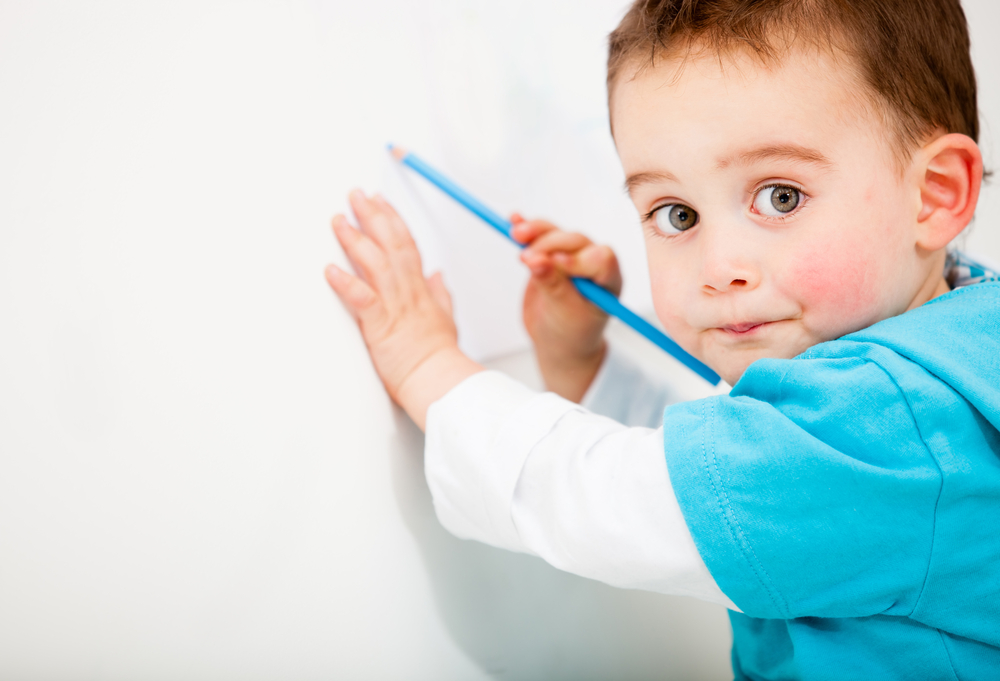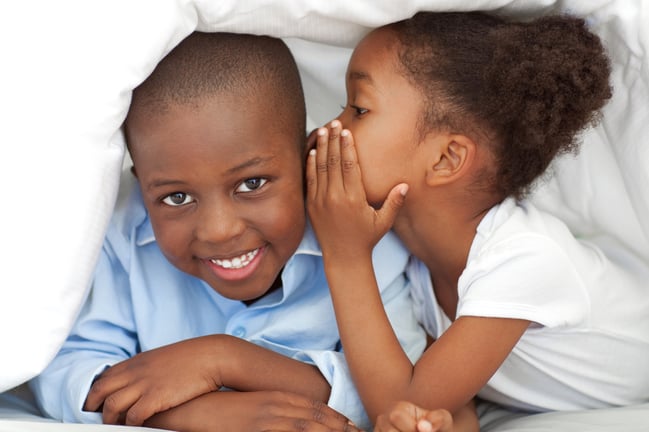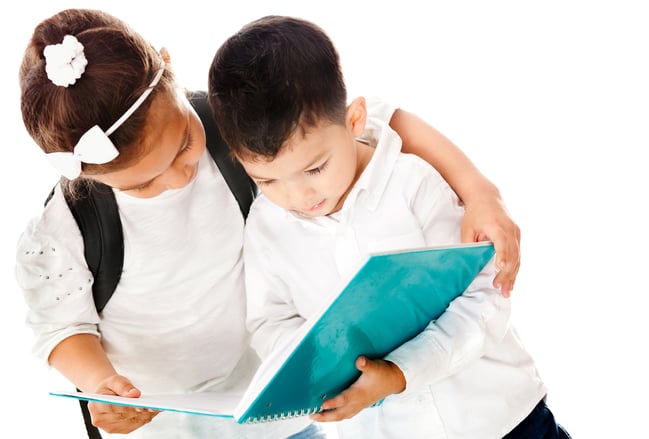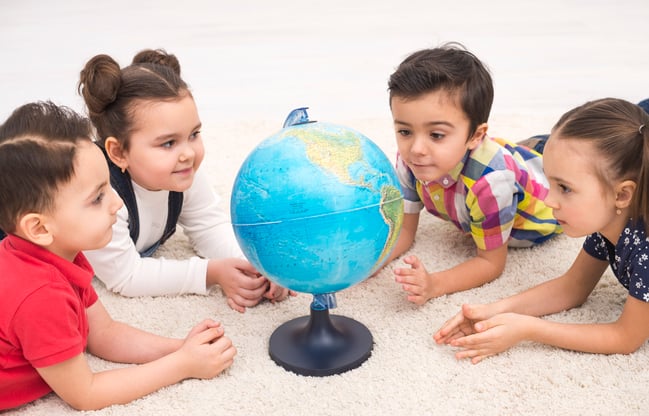
Communication, Language and Literacy
Older Toddlers (18 to 36 months)
Components and Developmental Indicators
Older Toddlers (18 to 36 months)
Components and Developmental Indicators
Developmental Indicators
CLL Goal-1: Through their explorations, play, and social interactions, children successfully communicate for multiple purposes.

Respond when others initiate conversation, as well as to their gestures, facial expressions, and tone of voice using a larger selection of words or signs.

Engage in short back and forth conversations with adults and peers.

Ask questions or use verbal or nonverbal cues to initiate communication with another to meet needs.

Follow two-step directions with visual cues if needed (“First, return this book to the shelf and then come outside with me.”).

Answer and ask simple questions (“What were you playing with?” “My blue truck.”).
CLL Goal-2: Through their explorations, play, and social interactions, children speak clearly and use the grammar of their home language.

Communicate messages with expression, tone, and inflection.

Use speech that is understood most of the time by familiar listeners.

Communicate in two-to-three-word sentences that follow the word order of their home language.
CLL Goal-3: Through their explorations, play, and social interactions, children understand and use an ever-expanding vocabulary.

Use new words each day and have a word for almost all familiar people, objects, actions, conditions, and concepts (Gramma, chilly, big, little, in, out).

Talk to themselves and others about what they are doing, and events of the day.

Participate in or repeat familiar songs, chants, or rhymes.

Use words, actions, or signs to communicate during dramatic play to act out familiar scenes and events and imitate familiar people.
Developmental Indicators
CLL Goal-4: Through their explorations, play and social interactions, children develop interest, motivation, and appreciation for literacy-based materials and activities.

Explore reading behaviors independently (choosing books, opening and closing books, or turning individual or grouped pages).

Show interest in choosing and exploring different types of books.

Listen for short periods of time to storybooks, informational books, stories, poetry, songs and finger plays (child enjoys several minutes as adult reads short book to a few children but may leave before the end).
CLL Goal-5: Through their explorations, play, and social interactions, children comprehend, use, and begin to reflect on and analyze information in books and other media.

While being read to by an adult, chime in by saying the word or repeated line in a book.

Pretend to read familiar books from memory, repeat familiar phrases while looking at a book.

With support, share personal experiences that relates to events described in familiar books.
CLL Goal-6: Through their explorations, play and social interactions, children begin to recognize basic concepts of print and discover that they can get meaning from print.

Hold a book upright, turn some pages from front to back (but not always in the right order), close book, and say, “done” or “the end.”
.

Demonstrate knowledge of the basic concepts of print, such as knowing the differences between pictures and print.

Demonstrate an understanding of realistic symbols such as photographs, and later abstract symbols such as signs and environmental print (know which pictures stand for which activities on a daily schedule, when looking at a symbol of hand-washing near a sink, says, “Wash hands.”).

Demonstrate understanding of the need for and the uses of print (pretend to read a “grocery list” during play. When looking at a menu, says, “I want oranges.”).
CLL Goal-7: Through their explorations, play, and social interactions, children listen, identify, and respond to sounds, and develop phonological awareness.

Play with the sounds of language with another person (name and rhyming games, imitating rhyming words).

Participate in experiences using rhythmic patterns in poems and songs using words, clapping, marching, and/or using instruments.

Notice sounds that are the same and different.
CLL Goal-8: Through their explorations, play, and social interactions, children develop knowledge of letters and the alphabetic principle.

Demonstrate an interest in letters by asking about and/or naming letters they encounter on objects in their environment (recognizing the big M on the McDonald's sign).
Developmental Indicators
CLL Goal-9: Through their explorations, play, and social interactions, children use writing and drawing as means of communication.

Pretend to write in ways that mimic adult writing (scribble on paper while sitting with adult who is writing, hold phone to ear and make marks with pencil).
CLL Goal-10: Through their explorations, play, and social interactions, children grow in their understanding of letters and writing skills.

Explore a variety of tools that can be used for writing and transition from holding a crayon or marker in their fist to holding it between thumb and forefinger.

Scribble and/or imitate an adult’s marks with markers, crayons, paints, etc.
Developmental Indicators
CLL Goal-11: Through their explorations, play, and social interactions, children demonstrate an understanding that there are multiple languages and begin to communicate in another language other than their home language.

Emerging as older toddlers listen to and repeat the sounds and simple words of their home language and other languages they hear.




